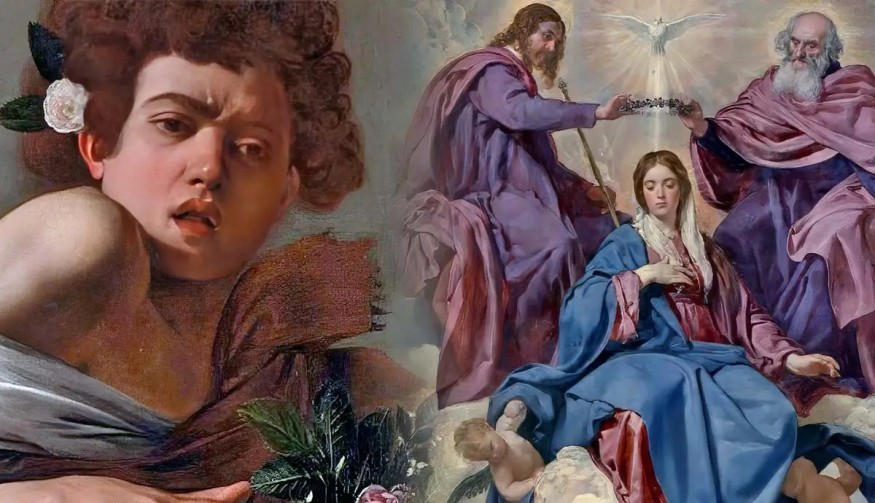Baroque Art & Architecture: Unraveling the Mysteries of an Epoch

Originating in Italy in the sixteenth century, the Baroque movement is among history's most significant and cherished artistic movements. During the Counter-Reformation era, the Baroque style was exquisite and a potent political instrument. In addition to examining the complexities of Baroque art and architecture, this article addresses six frequently asked questions about this well-known style.
1. Origins and Political Motivations
Baroque art's emotional intensity stemmed from the need to counter the Protestant Reformation's criticisms. Fueled by the Council of Trent, the Catholic Church sought to evoke feelings rather than engage in logical debates. This shift marked the emergence of a visually captivating and emotionally charged artistic era.
2. Characteristics of Baroque Paintings
The theatricality of Baroque paintings sets them apart. The goal was to emotionally engage viewers through dramatic expressions, exaggerated poses, and backgrounds that contrasted light and dark. In contrast to conventional representations, Baroque paintings actively involved the viewer, evoking sincere feelings and compassion.
3. Mannerism vs. Baroque
Often confused due to shared dramatism, Mannerism preceded Baroque but maintained distinctive features. While Mannerism showcased distorted proportions and static emotions, Baroque embraced dynamism and movement, establishing itself as a unique and globally influential art movement.
4. Baroque vs. Renaissance
Although sharing stylistic similarities, Baroque and Renaissance art differed fundamentally. The Renaissance, a rebirth of antique art through Christian lenses, focused on balance and order. In contrast, Baroque, named after irregularly shaped pearls, embraced chaos and unpredictability, departing from Renaissance ideals.
5. Significance of Baroque Architecture
Baroque architecture revolutionized the approach to design, envisioning compositions of complex elements working together for visual grandeur. Trompe l'oeil techniques, creating optical illusions, became prevalent. For the first time, Baroque architects thought holistically about the visual impact of their designs.
6. Global Adaptability of Baroque Art
Baroque transcended cultural boundaries, becoming the first truly international art movement. While Italy birthed Baroque in its original form, it transformed Spain, the Netherlands, England, and Russia. Each region added its nuances, adapting Baroque to diverse customs and mentalities.
Baroque's Enduring Legacy
Baroque's legacy endures not only in museums and historical sites but in the very fabric of contemporary artistic expression. Its influence can be traced to the theatricality of modern cinema, the emotional depth of literature, and the dynamism of evolving architectural styles. The echoes of Baroque resound in the works of artists who continue to draw inspiration from its emotional fervor.
As we explore the multifaceted dimensions of Baroque art and architecture, we witness more than a historical movement; we see a timeless expression of human creativity and emotion. Whether in the grandeur of a Baroque cathedral or the vigorous strokes of a masterful painting, Baroque invites us to transcend boundaries and connect with the shared essence of the human experience.
In unraveling the mysteries of Baroque art and architecture, it becomes evident that this movement was more than a propagandistic tool. Its ability to evoke deep emotions and transcend cultural differences continues to captivate viewers today. Baroque remains a testament to the enduring power of art in stirring universal emotions, making it a timeless and cherished chapter in the history of human expression.














